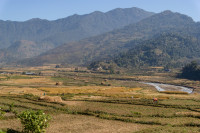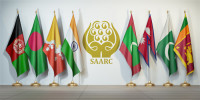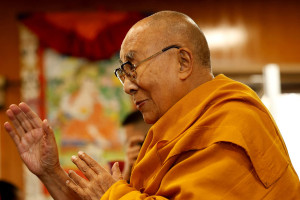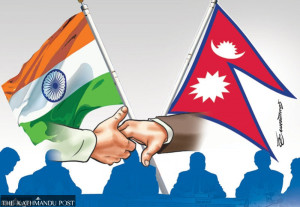Columns
Selling point gone blunt
With the lack of a distinctive edge, Nepal struggles to cut a swath in today’s global landscape.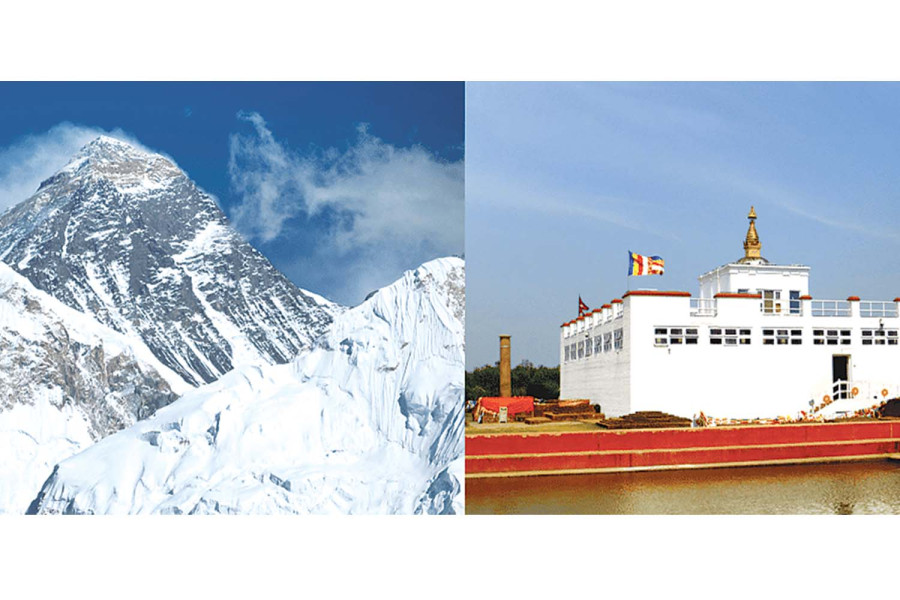
Sanjeev Satgainya
That Nepal is set to conduct the Sagarmatha Sambad, a multistakeholder forum for discussing crucial global, regional and national issues, comes as welcome news. First announced in 2019, the event fell victim to the Covid-19 pandemic. The government announced on Tuesday that it will be held in May, most likely in Kathmandu, with a focus on climate change, climate justice and related issues.
According to a report in this paper, heads of state and government, along with other stakeholders working in the field of climate change, will be invited.
This could be an important event, especially considering Nepal’s increasing struggle to capture global attention, primarily because it has, over the years, failed to find a compelling selling point.
Stymied progress
In the past few decades, Nepal's progress has been disturbingly slow even as the rest of the world made great strides. Efforts have either been tepid from the outset, or hugely stymied by the wrangling and power games of Nepal’s myopic political parties. Hardly any significant effort has been made to revive the economy, which remains largely import-driven. With no robust industries and weak manufacturing output, Nepal lacks export-quality goods. It already runs a significant trade deficit with India, which accounts for nearly two-thirds of its third-country trade. Should the northern borders with China open fully, Nepal would likely face a similar trade imbalance, bringing even bigger challenges.
Sandwiched between the world’s second and fifth-largest economies, Nepal remains one of the poorest countries globally; the irony could not be starker.
If India and China vie to expand their spheres of influence in Nepal, it is largely due to their rivalry. Nepal’s geographical position as a neighbour to both is immutable—with one, it shares a long border of high Himalayas, and with the other, an open border. Added to this is the American interest, largely rooted in geopolitics.
What is unfortunate is that Nepal has failed to turn the growing interest—regardless of where it stems from—of these major powers to its advantage.
Losing the sheen
The New York Times recently listed Lumbini among the 52 places in the world to visit in 2025. Naturally, Nepalis rejoiced. But what initiatives have the government or its stakeholders taken to attract tourists to Lumbini? Without facilitation by the host country, expecting tourists to flock to Lumbini is a fanciful idea. The Gautam Buddha International Airport built in Bhairahawa, which was supposed to bring in tourists to Buddha’s birthplace, has remained largely inoperational. From Kathmandu, the capital, road travel is treacherous.
For far too long, Nepal has relied on selling the idea that “Buddha was born in Nepal.” It’s unclear how much that helped Nepal build a stronger image globally. While it is a fact that Buddha was born in what is now modern-day Nepal, a concoction whipped up by adding a superfluous nationalist spin to the narrative often leaves a bad taste. Gradually, Nepalis seem to have moved away from this rhetoric, but they have yet to find something new to offer the world.
The same is true for Mt Everest. The fact that the world’s tallest peak lies in Nepal (shared with China) is merely a geographical accident. While there is nothing wrong with boasting about the extraordinary, over-reliance on it exclusively is impractical and unsustainable. Every country needs to continually work on finding new niches to remain globally relevant. Mt Everest has been a cash cow for Nepal for decades, and Nepal has milked it enough. Lately, calls to limit or even ban commercial expeditions have already gained traction.
As Nepal prepares to hold the Sagarmatha Sambad with a focus on climate change, the spotlight will inevitably fall not just on Mt Everest but the entire Himalayan range. This brings to us something that still attracts global attention. But has Nepal made a persuasive case for the Himalayas’ importance to South Asia, where one-fourth of humanity resides? What work has been done to project their significance in the strongest term as the source of water, food and energy for billions of people in Asia?
Doom, gloom, boom
Today’s extremely competitive world presents a harsh reality: Lacking economic and geopolitical heft is one of the greatest weaknesses any country can face. “Friendship” in geopolitics is merely a facade; when interests diverge and economic leverage is missing, even bilateral relationships tend to falter. A country needs to find new ways to maintain its relevance in the global landscape.
For Nepal, 2024 ended on a positive note. The cricketing extravaganza, broadcast live on an international television channel, brought global attention to the nation. A country once fascinated with football appears to have embraced cricket seamlessly. However, the fragility of Nepali society was exposed once again as racial slurs were hurled at a particular community as the event drew to a close. This incident underscored how Nepal, as a society, remains both deeply divided and regressive.
One of the most significant problems Nepal faces is the widespread belief that it is the "best and most beautiful country in the world." This misguided notion often fuels imprudent claims, such as boasting about anything as the “best” in the world—even the constitution. Such hubris is largely fanned by leaders with regressive mindsets, like KP Sharma Oli, the current prime minister, whose nationalist bravado often borders on the problematic.
And more often than not, Nepal’s visionless politicians tend to overstate. While Nepal’s tourism may hold great potential, instead of exploring ideas to promote tourism, they project Nepal as the only country people from all over the world should be visiting. When talking about hydropower potential, they too convincingly sell the idea of making Nepal rich by selling electricity, completely ignoring the complicated—not just technical but geopolitical—process involved.
Making Nepal “a hub” has become a new fad in recent times—tourism hub, IT hub, education hub. There is frivolity and shallowness in ideas, with creativity and innovation clearly lacking.
In this context, the Sagarmatha Sambad, touted to be like the World Economic Forum of Davos and the Raisina Dialogue in New Delhi, could offer an opportunity for a fresh start and help revive Nepal’s global relevance. By positioning itself as a convener of critical global discussions—on climate change, Himalayan preservation, sustainable development and more—Nepal can carve out a niche identity as a small nation with big ideas.
Concerns, however, remain, as this will require more than just hosting an event. It will require an elaborate strategic plan, building goodwill with countries around the world, and engaging with global leaders and stakeholders—a remarkable choreography in itself for which Nepal needs to pull out all stops.
A flamboyant idea does not necessarily yield the desired results unless concerted and earnest efforts are made, and this is where Nepali politicians have failed to make a mark.
If executed well, the Sagarmatha Sambad could be a launchpad for new ideas; otherwise, it would turn into nothing but another vanity project. Is Nepal willing to embrace change and build a narrative that resonates far beyond its borders? And most importantly, are Nepalis willing to shed outdated nationalist narratives?
Nepal’s selling point has grown increasingly blunt: A lack of a distinctive edge means it barely cuts a swath in today’s world order.




 11.12°C Kathmandu
11.12°C Kathmandu
